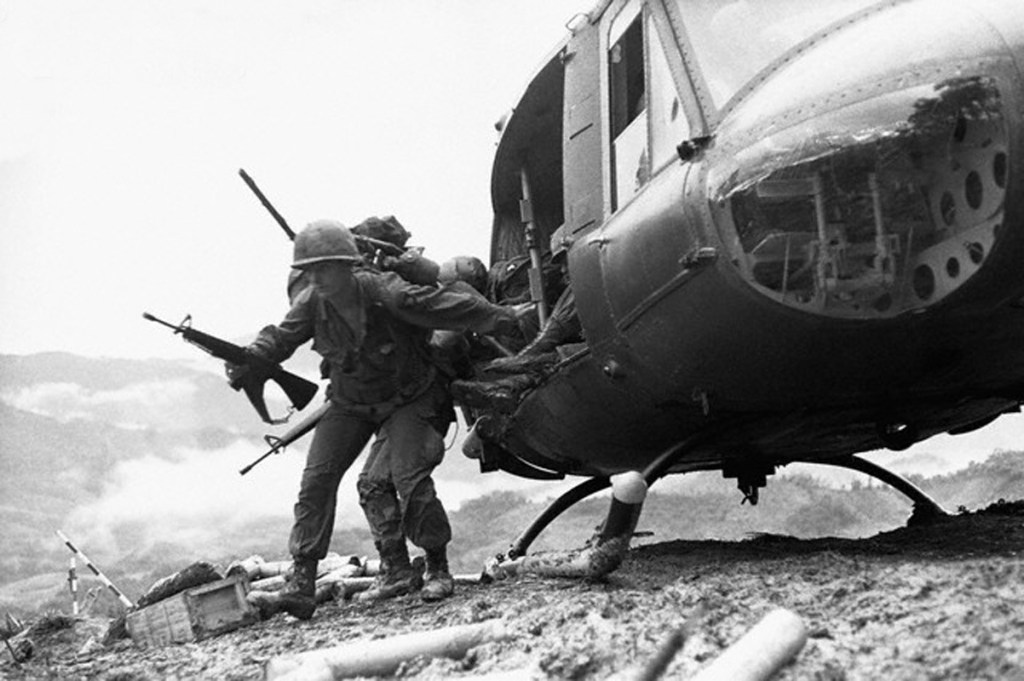
On this day in 1969, American UH-1 “Huey” helicopters began landing in the A Sầu Valley, a remote, densely-jungled region of Vietnam close to the Laotian border. American and ARVN (Army of the Republic of Vietnam) soldiers began fanning out, combing the jungle for signs of communist PAVN (People’s Army of Vietnam) forces. PAVN fighters had been infiltrating South Vietnam from Laos, attacking American military outposts and generally wreaking havoc alongside their Viet cong allies. US leadership had had enough, and tasked Major General Melvin Zais with finding and eliminating the PAVN – among them the PAVN 29th Regiment, veterans of the brutal fighting in Huế – located in the A Sầu region. Zais knew that the PAVN were likely situated on a hill known locally as “the mountain of the Crouching beast”. Designated Hill 937, this prominent terrain feature boasted a commanding view of the A Sầu valley and was incredibly difficult to summit. American and ARVN troops began struggling up a series of surrounding hills, encountering limited resistance; on May 14th, a force from the “Iron Rakkasans” regiment of the US Army began cautiously advancing up the formidable slopes of Hill 937.

Almost immediately, well-hidden PAVN fighters opened fire on the American GIs, cutting them down and sending them scrabbling for cover. Helicopters attempting to land reinforcements or evacuate casualties were blasted out of the air by PAVN fighters with RPGs (rocket-propelled grenades). Because of the dense jungle pathways, the attackers were forced into narrow frontages where the defenders killed them en masse. Learning of the “meat grinder” that was taking place on Hill 937, and anxious to to win the engagement quickly, Zais ordered in scores of reinforcements to continue the push up the slope. Eventually, a combination of relentless firepower (in the form of napalm and high explosives) and personal initiative on the behalf of the GIs overcame the PAVN defense. Reserves from the 101st Airborne and a new ARVN infantry battalion were called in, and began assaulting up the hill on the 20th of May. By 5pm that day, the hill’s dense system of caves and bunkers had been cleared of PAVN and the fighting for Hill 937 was finally over.

As the fighting raged on a remote hill in Vietnam, the American public began to learn of the carnage there. Nicknamed “Hamburger Hill” because of the way young soldiers were ruthlessly fed into the hellish crossfire, the battle became a symbol for the futility and horror of the broader Vietnam War. After Life Magazine published the pictures of 241 men killed on or near Hill 937, pressure began to mount on the White House for a change in policy. Soon after, US president Richard Nixon announced a shift from the “maximum destruction” approach to one centred around “reactive protection” of South Vietnam. As US troops began to withdraw from the country, the Nixon administration began arguably the most devastating phase of the conflict: the strategic bombing campaign. Designed to minimize American casualties, the controversial new strategy put immense pressure on communist supply lines; it also resulted in the deaths of countless Vietnamese, Laotian and Cambodian civilians.